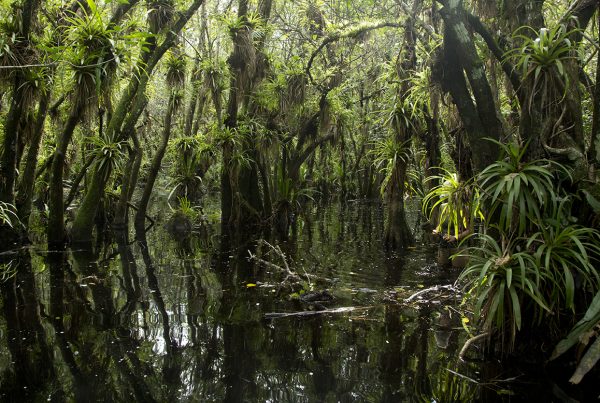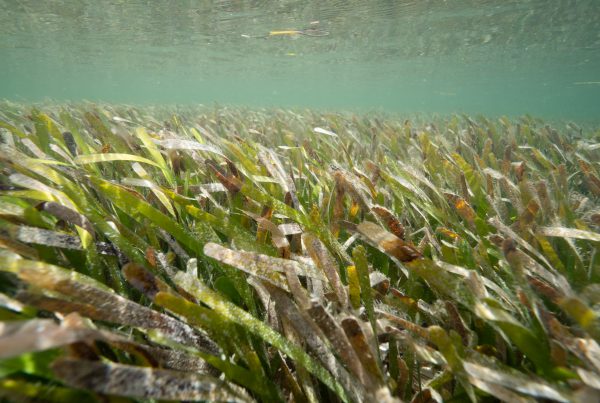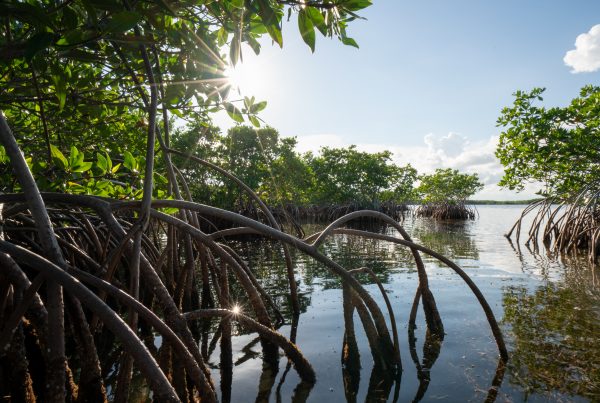Ever wonder how the Everglades came to be known as the “river of grass?” Explore the amazing world of the sawgrass prairie with us and you’ll get it.
Watch the video, use the field guide (click the button below) and take the quiz to identify three things you might encounter in an Everglades sawgrass prairie. Good luck!




